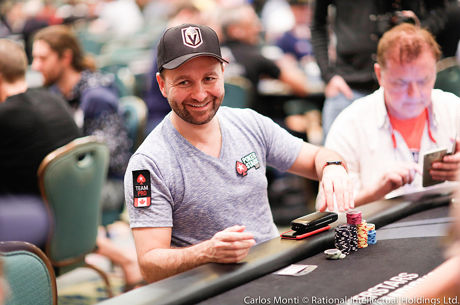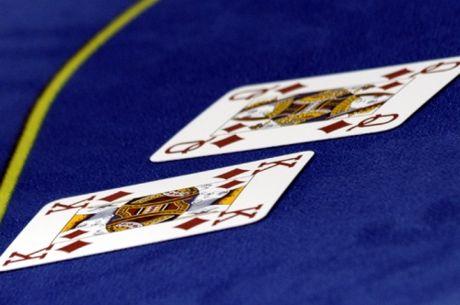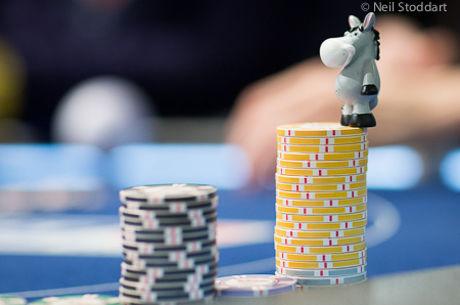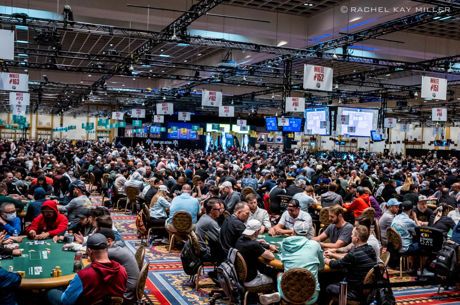Poker Coaching with Jonathan Little: Playing Middle Suited Connectors
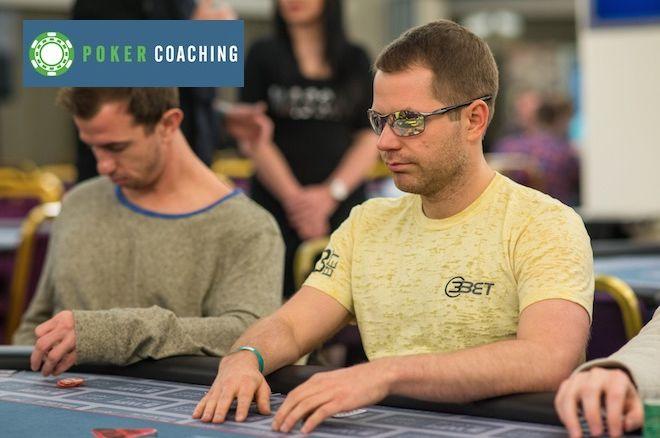
Here's a hand I played where I have middle suited connectors under the gun. Would you play it the same way? To find out, take this short quiz.
The answers are revealed below each question and ranked from 0 to 10 points. With each question make your selection in the poll before scrolling down, then move down the page see how many points each answer is worth. So, if you're ready, let's get to it!
With blinds at 25/50 early in a $2,000 buy-in side event, you are dealt 8?7? with a 12,000 effective stack in first position at an eight-handed table.
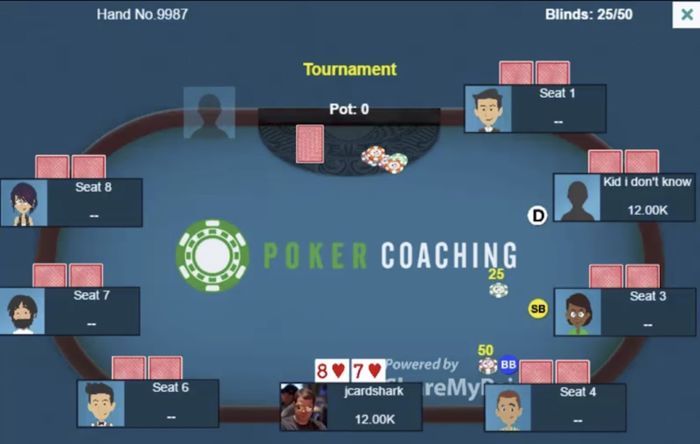
Answers to Question #1:
- Fold = 7 pts.
- Call = 5 pts.
- Raise to 150 = 10 pts.
- Raise to 250 = 4 pts.
While folding this hand is perfectly fine, raising gives your range better board coverage, meaning you will be able to conceivably have premium hands on all flops, even those containing all middle cards (which is not the case if you only raise with big cards). When choosing your preflop raise size in this situation, it is best to pick one size and stick with it �� usually 3 big blinds �� when playing deep-stacked.
Everyone folds to the button, a young player you do not know, who three-bets to 450. The blinds fold.

Answers to Question #2:
- Fold = 7 pts.
- Call = 6 pts.
- Raise to 1,250 = 10 pts.
- Raise to 1,650 = 4 pts.
All your options are viable. I prefer four-betting to 1,250 the best because most opponents will assume your four-betting range is almost entirely premium pairs and big cards. This means you will often be able to steal the pot with a postflop continuation bet on high-card boards while having a premium made hand or decent draw on medium-card boards. By adding a few suited connectors to your four-betting range, you will become much more difficult to play against.
You four-bet to 1,250 and the button calls. The flop comes 9?6?4?, giving you an open-ended straight draw.
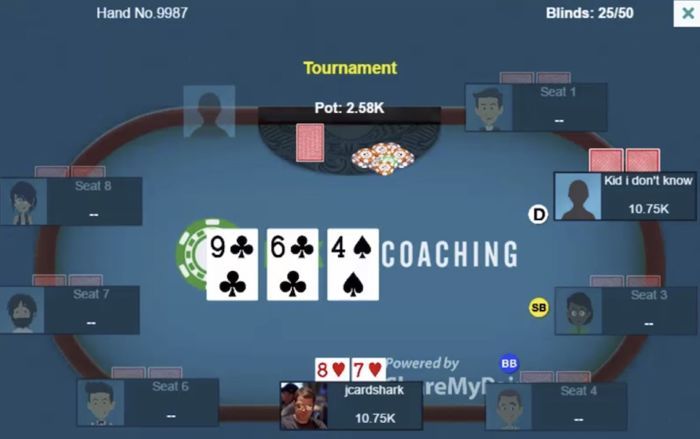
Answers to Question #3:
- Check = 1 pt.
- Bet 900 = 7 pts.
- Bet 1,400 = 10 pts.
- Bet 2,500 = 3 pts.
While this board should not connect too well with your entire preflop four-betting range, it is decent enough for your exact hand. In general, you should be more than happy to continuation bet with your draws, especially if your opponent will be unlikely to raise, which will usually be the case because you could easily have an overpair that you will not fold.
You bet 1,400 into the 2,575 pot and your opponent calls. The turn is the 3?, making the board 9?6?4?3?. The pot is 5,375.
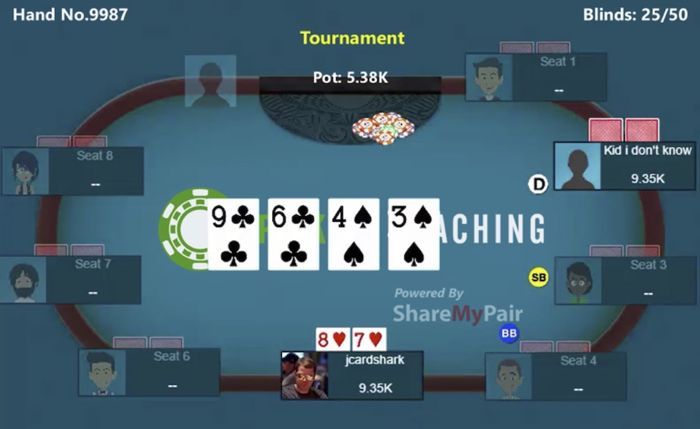
Answers to Question #4:
- Check = 2 pts.
- Bet 1,200 = 5 pts.
- Bet 2,400 = 10 pts.
- Bet 3,600 = 4 pts.
This is a nice spot to keep barreling because, again, you want to keep betting with your premium made hands and draws.
When choosing your bet size, you should bet an amount that gives you the option to make a reasonably sized all-in river bet. In this case, a 2,400 bet sets up a nice 75 percent pot-sized river all-in, but if the effective stack size were shallower, a smaller bet would make more sense. If you check, it should be with the intention of check-raising all in, because if you check-call, you will have a difficult time extracting value when you improve to a straight on the river due to being out of position.
You bet 2,400 and after some deliberation, your opponent folds.
I hope you enjoyed this article. If you did, I encourage you to check out my interactive training site, PokerCoaching.com, where you can go through over 190 interactive hand quizzes just like this one.
To sign up for a free 7-day trial, visit https://pokercoaching.com/trial.
Jonathan Little is a professional poker player and author with over $6,700,000 in live tournament earnings. He writes a weekly educational blog and hosts a podcast at JonathanLittlePoker.com. You can follow him on Twitter @JonathanLittle.

